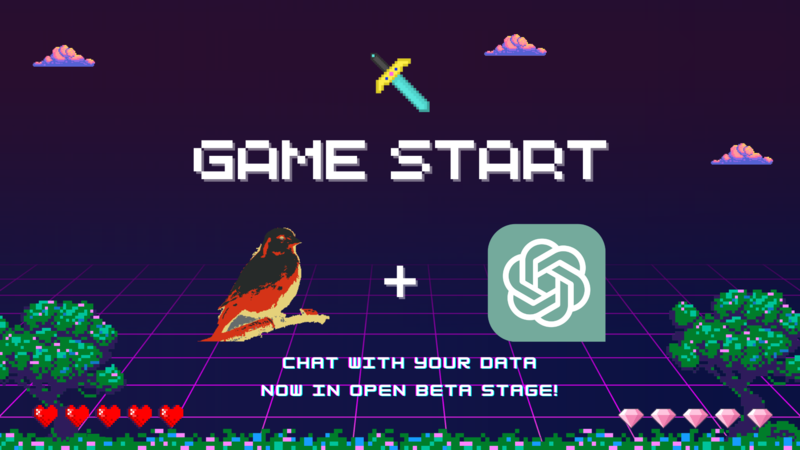The Evolution of Data Analytics: 8 Forecasts on the Impact of Generative AI
Updated on

As Generative AI continues to evolve, it will undoubtedly have a profound influence on the realm of data analytics. Products such as Bard, ChatGPT, and RATH are poised to revolutionize how we approach data analysis. In the future, data analytics is likely to become more user-friendly and available to a wider audience. Here are eight predictions for how Generative AI will shape the future of data analytics.
8 Forecast of Generative AI
1. Seamless Data Exploration through Natural Language Queries
Traditional dashboard tools have primarily focused on reporting and monitoring insights, rather than exploring data in-depth. Generative AI will enable chat-based question-answering systems, allowing users with varying technical expertise to ask questions in natural language and receive real-time responses, eliminating the need for complex coding.
2. AI-Generated and Customized Data Visualizations
Current data visualization tools can be cumbersome when it comes to customization. Generative AI will facilitate the creation and modification of visualizations and charts, allowing users to express their preferences in natural language, while the system adjusts the chart accordingly.
3. Automated End-to-End Analysis and Report Generation
AI-driven data analysts will learn to conduct comprehensive analyses and generate complete reports, such as financial statements or A/B test results. This automation will reduce human intervention in the analysis process and eliminate the need for manual, step-by-step tasks.
4. Conversational AI Integration in Business Intelligence Tools
As conversational interfaces gain popularity, business intelligence tools will incorporate chat features, enabling users to interact with data in a more intuitive way. This integration will also influence data visualization generation and modification.
5. AI Models for Tabular Data Analysis
Generative AI models, similar to GPT-4 or StableDiffusion, will be developed for tabular and structured data. Users will be able to harness these models for predictive analytics, even with limited data sets.
6. Increased Demand for Data Engineers
As data analytics becomes more accessible, the need for improved data pipelines will grow. Data engineers will be in high demand to ensure proper collection and feeding of data into AI systems.

7. Shift in Analyst Skill Requirements
With analytics processes becoming more straightforward, the demand for analysts' technical skills may decrease. However, their ability to think analytically and provide data-driven recommendations will be even more valuable.
8. Holistic Data Teams and Multi-Modal AI Systems
Companies often have separate teams for computer vision engineers, NLP specialists, and data scientists. With the rise of multi-modal AI systems, data teams will become more unified, handling comprehensive analysis of all data types, whether textual, tabular, or image-based.
Combine Data Analytics with Generative AI
For people who want to unleash the power of Generative AI into the realm of data science, don't worry. RATH (opens in a new tab) is here to save the day.
Powered by ChatGPT, RATH can easily unlock the hidden insights of your data within seconds. Check out this awesome Demo about investigating the relationship between Bitcoin price and Gold price in history, by simply talking to RATH:
For AirTable users, RATH is also working on the AirTable integration. You can easily visualize your AirTable data with Natural Languages! Simply connect RATH to your AirTable data, and watch the magic happen:
Inspired? Unlock the insights of your data with one prompt: ChatGPT-powered RATH is Open for Beta Stage now. Get onboard and check it out!
Conclusion
In conclusion, the future of data analytics with Generative AI is promising, and these eight predictions are just the beginning. As we continue to develop and refine Generative AI, its role in analyzing and utilizing data will become increasingly critical. Alongside the many advantages, there will be challenges to address, but those are topics for another discussion.
